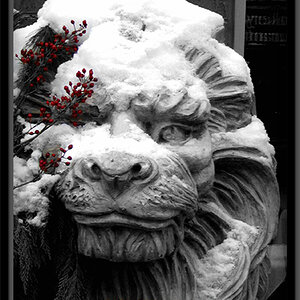photo28
TPF Noob!
- Joined
- Aug 7, 2008
- Messages
- 794
- Reaction score
- 0
- Location
- New York
- Can others edit my Photos
- Photos OK to edit
Can you make them with Adobe photoshop 7.0.1? I know you have to take three different images in three different settings, but can you explain a little more on how to do that, and a little more specifically.
thanks!
thanks!







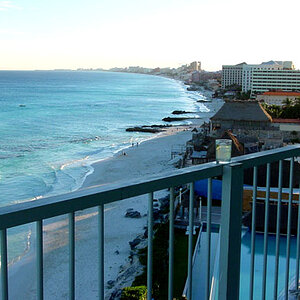

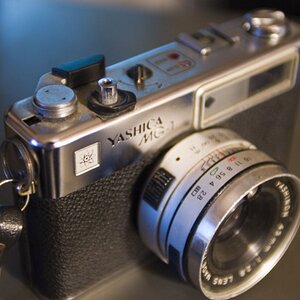
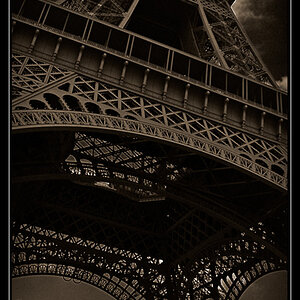
![[No title]](/data/xfmg/thumbnail/30/30988-aef3845b94a67d6dcce6e4e59d5d66c3.jpg?1619734553)
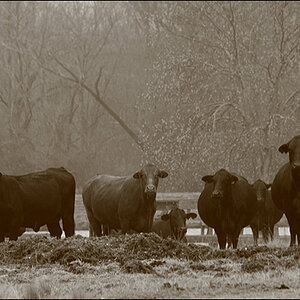
![[No title]](/data/xfmg/thumbnail/37/37494-d432dd0601f47668ec55d04f350f243b.jpg?1619738113)
